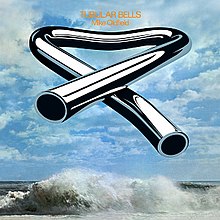I've been destroying a lot of copper tube, but finally got my tool working:

Gutted:

CFC:

Double copper test (ugly):

Test plot, 3.5L/min flow for hot water, 10L/min for the cool (12C):

I used 15mm copper for the copper/pvc-CFC and some imperial about the same size for the double copper CFC.
The tool is just a hole in 2X4 and adjustable bearing. Annealed copper works better, but "hard" copper can be used too. It needs re-annealing after the grooves are made to be able to make the coil.
For the next one (a shorter one for my CFC-HERMS), I'll try to "twist" the outer copper as well (except the bends). And it will have a shape of something like this:


Gutted:

CFC:

Double copper test (ugly):

Test plot, 3.5L/min flow for hot water, 10L/min for the cool (12C):

I used 15mm copper for the copper/pvc-CFC and some imperial about the same size for the double copper CFC.
The tool is just a hole in 2X4 and adjustable bearing. Annealed copper works better, but "hard" copper can be used too. It needs re-annealing after the grooves are made to be able to make the coil.
For the next one (a shorter one for my CFC-HERMS), I'll try to "twist" the outer copper as well (except the bends). And it will have a shape of something like this:








![Craft A Brew - Safale BE-256 Yeast - Fermentis - Belgian Ale Dry Yeast - For Belgian & Strong Ales - Ingredients for Home Brewing - Beer Making Supplies - [3 Pack]](https://m.media-amazon.com/images/I/51bcKEwQmWL._SL500_.jpg)





















































